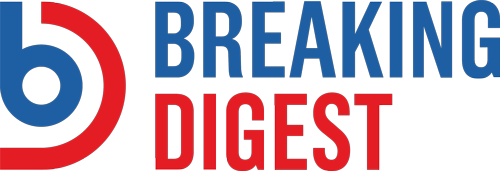
This week saw a higher-than-expected increase in Individuals requesting unemployment benefits, indicating that the job market is starting to loosen up in response to rising borrowing rates.
According to data from the Labor Department released on Thursday, initial claims for the week ending April 8 increased by 11,000 to 239,000. This is more than the 218,000 average pre-pandemic claims for 2019 in this year.
For the week ending April 1, continuing claims—which are made by Individuals who have been receiving unemployment benefits for a while—fell slightly to 1.81 million, a fall of 13,000 from the previous week.
Throughout the last year, the job market has been unusually tight, but signals of a downturn are beginning to emerge.
Just 236,000 jobs were created by the economy in March, the smallest monthly increase since December 2020.
According to a different estimate issued last week, there were around 9.9 million job opportunities in February, the lowest level of available employment since May 2021.
During the past few months, there has also been a wave of significant layoffs, and the list keeps becoming larger. Among the corporations laying off their staff are Amazon, Apple, Meta Platforms, Lyft, Facebook, Google, IBM, and Twitter.
As a result of increased rates, central bank officials have made it plain that they anticipate rising unemployment, which might lead to consumers and companies cutting down on spending. In March, Fed Chairman Jerome Powell warned legislators that job losses were “quite likely.”
According to projections from the central bank’s March meeting, the unemployment rate will increase from its current level of 3.5% to 4.6% by the end of the year.
This might result in the loss of more than 1 million employment for Americans between now and the end of 2023.
Although they have emphasized the significance of impending economic data releases, policymakers have already authorized nine straight rate rises and have left the door open for a tenth increase at their upcoming meeting in early May.



